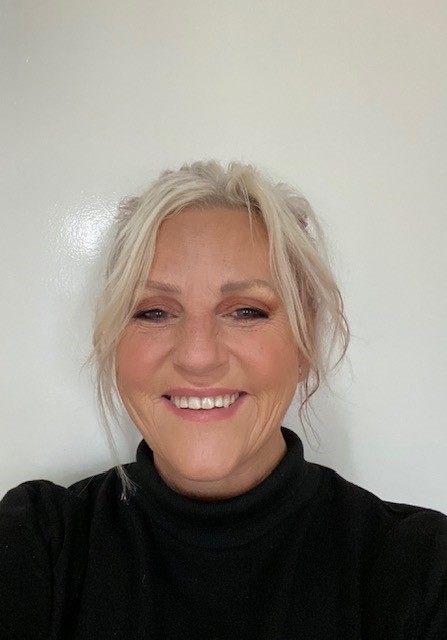

Caroline Davies, Digital Champion at Age Cymru Dyfed has been helping dozens of older people with digital skills remotely during the pandemic.
In our recent webinar with Age UK, she shared some of her brilliant top tips on how to get started with teaching digital skills, building learner confidence and, importantly, having fun along the way.
-
Make an appointment first
People are very nervous and unconfident about technology. One of the best ways to start is to call them and make an appointment for their first lesson. During that first call, I try and reassure them, tell them I’ll take baby steps, that I’ll go at their pace and the session is for them. And that I can go back and repeat things if they need it. I try to give them confidence and let them know it’s not too threatening for them. Because I’ve made the appointment, when it comes to their first session, they’re usually there sitting there, ready to go.
-
Get familiar with the device your learner is using
I have the luxury of having an iPad, an Age Cymru Samsung tablet, a laptop and iPhone. I always try to find out what device that person has so I have it with me. It helps if you’re using similar device as you can better direct a person about what to do and what button to press. For example, Zoom looks very different on a laptop to a Samsung tablet to an iPad to an iPhone.
We also support the local health authority who give tablets and wifi to people in their homes. When I started, I used to really struggle with those tablets, they seemed to do lots of weird things. So, I contacted their co-ordinator and asked if I could borrow one for a couple of days. That was a revelation. Because I saw how it works and understood the different anomalies, I was able to take photographs with my phone and share them with other Digital Champions in our organisation.
-
Go really slowly
One of the comments I get time and time again is that family members, children, grandchildren, try to show them things too quickly. One of the common phrases I hear is ‘they go click, click, click and I haven’t seen what they’ve done’. So, the most important thing to give your learners that confidence is to take it slowly.
-
Never assume you know what they want to learn.
We get referrals from people who would like to use Zoom but when you call them, they want to do something completely different. Look at the priorities for your learner.
-
Have the patience of a saint
Once I helped someone with a new laptop and it took an hour just to log in to his email and connect to wi-fi. But, at the end of that hour, he was over the moon with what he’d done.
-
Ask for help
Don’t be frightened to ask someone else to help if you’re struggling with a particular learner or put your heads together to try a different approach. We’ve got a member of our team who’s very good at remote control support, for example.
-
Help people remember what you’ve taught them
I do try to take screenshots together for some of the people I help which are particular to the skill they’re learning. I help a lot of people with memory issues and dementia and, from one lesson to another, they sometimes forget. So, by giving them some simple steps of what we’ve done, or perhaps sending them an email with the steps we’ve taken, it can really help.
-
Show them how to switch it on and off again
The other most important message is to tell people not to be afraid, they can’t break it. Everyone I speak to is frightened that they will get into something they can’t get out of. So one of the first lessons I always teach is how to switch their device on and then switch it off again, if the ultimate happens. And how to get back to the home screen or how to get back to the previous page. That has actually given lots and lots of people the confidence to go out there and try on their own because they now know how to get out of tricky situations.
-
YouTube, WhatsApp and Zoom are great teaching tools
Some of the common tools we use include Zoom which is good for screen-sharing and helps learners who are more visually orientated. I’ve used a lot of YouTube with people, particularly those who are socially isolated. There’s a very good selection of free audio books. I’ve taught a woman how to thread her sewing machine by finding a video on YouTube. I’ve also helped a lady who is now doing Chair Yoga that she found on YouTube. For people interested in history, we’ve found videos of their town in times gone past. It has a lot of content that is useful.
A lot of people use WhatsApp, or as one of my gentleman learners call it, ‘WhatsUp’, to contact friends and family. The first time he did a video call, it was so funny as he was so chuffed to have mastered it. I’ve also got a lady who is 85 years, who told me, after doing her first FaceTime call, that she was so appalled by her appearance she’s had her hair done, got some make up and bought a new top for the next lesson. It’s given her a little impetus as well to get out and do something.
Thank you Caroline - what a star ⭐!
More top tips...
To find out more about helping people with digital skills remotely, why not take a look at our webinars and guides. Or check out these technology and internet guides from Age UK.